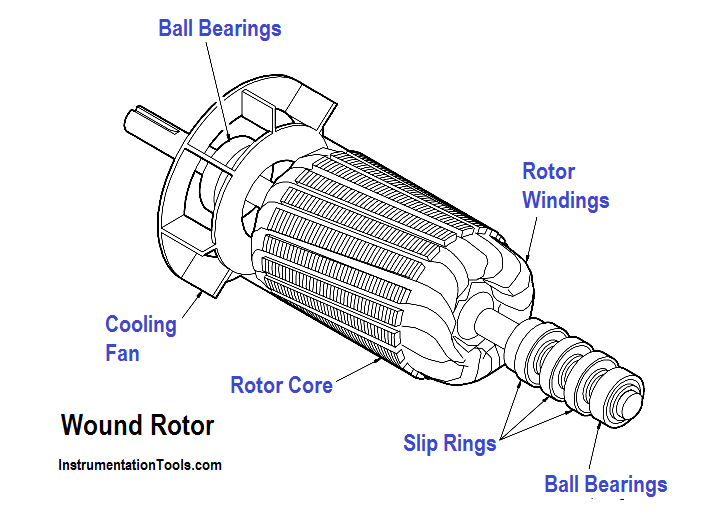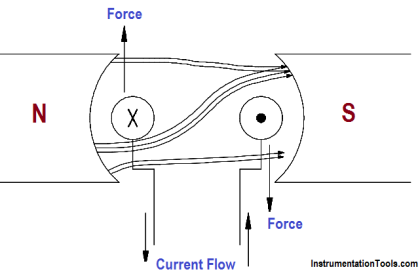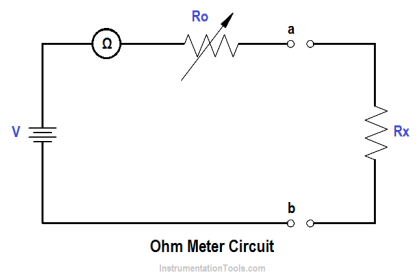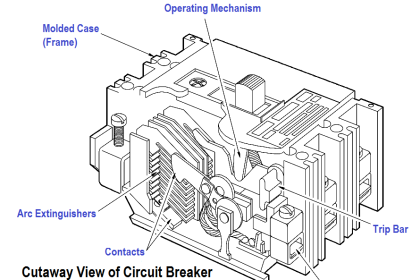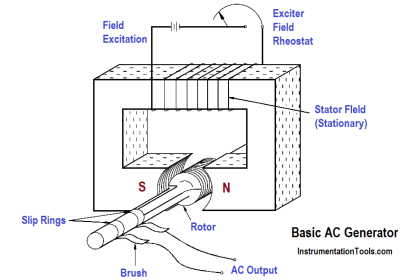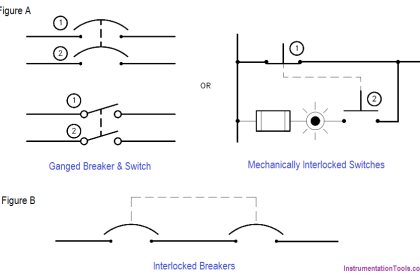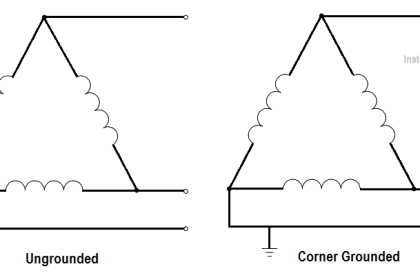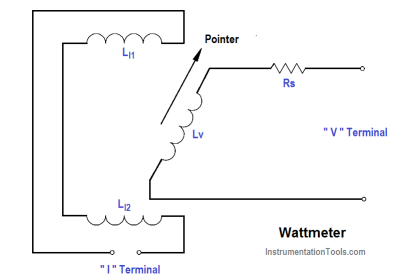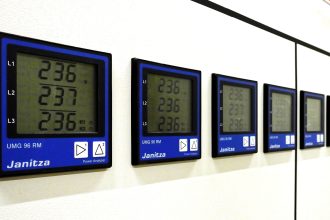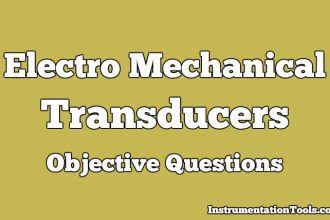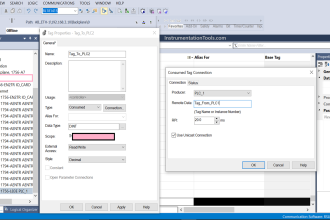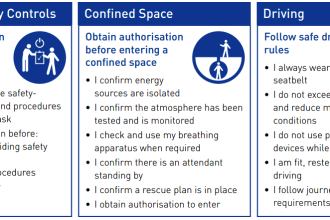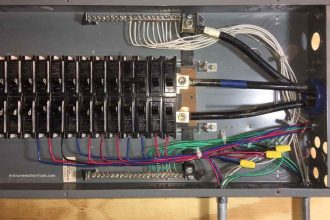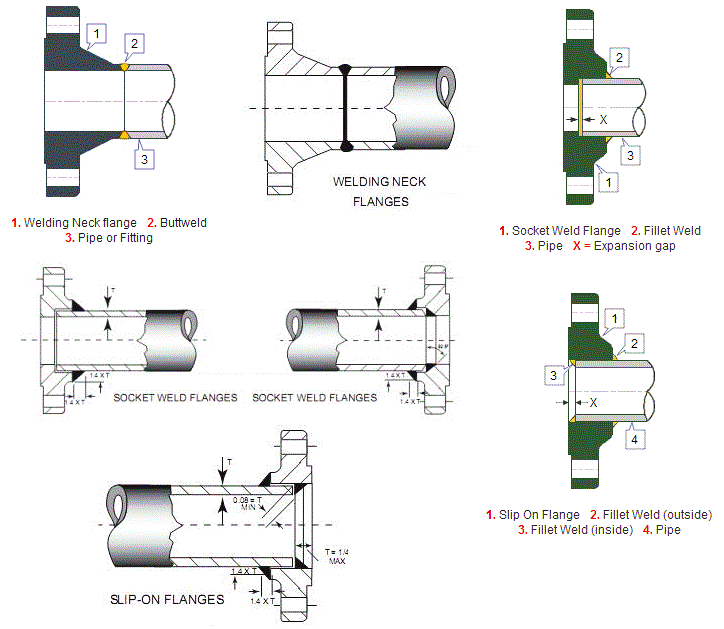Synchronous motors are like induction motors in that they both have stator windings that produce a rotating magnetic field. Unlike an induction motor, the synchronous motor is excited by an external DC source and, therefore, requires slip rings and brushes to provide current to the rotor.
In the synchronous motor, the rotor locks into step with the rotating magnetic field and rotates at synchronous speed. If the synchronous motor is loaded to the point where the rotor is pulled out of step with the rotating magnetic field, no torque is developed, and the motor will stop.
A synchronous motor is not a self-starting motor because torque is only developed when running at synchronous speed; therefore, the motor needs some type of device to bring the rotor to synchronous speed.
Figure : Wound Rotor
Synchronous motors use a wound rotor. This type of rotor contains coils of wire placed in the rotor slots. Slip rings and brushes are used to supply current to the rotor. (as shown in above Figure).
